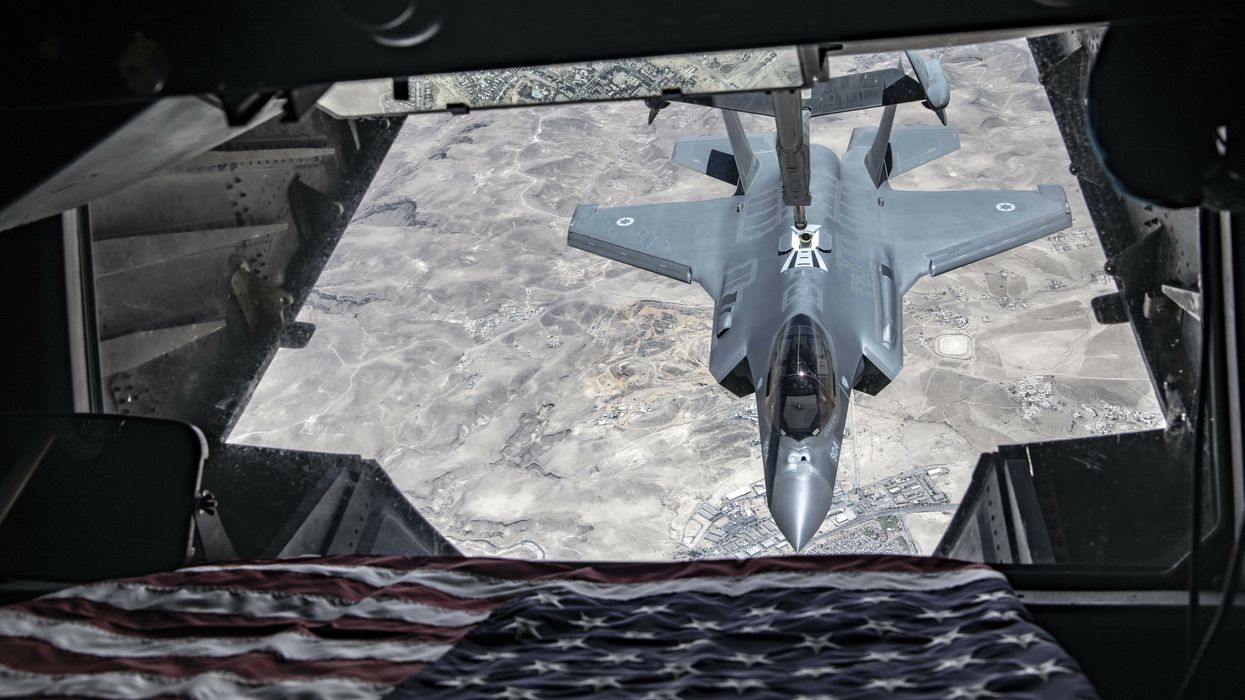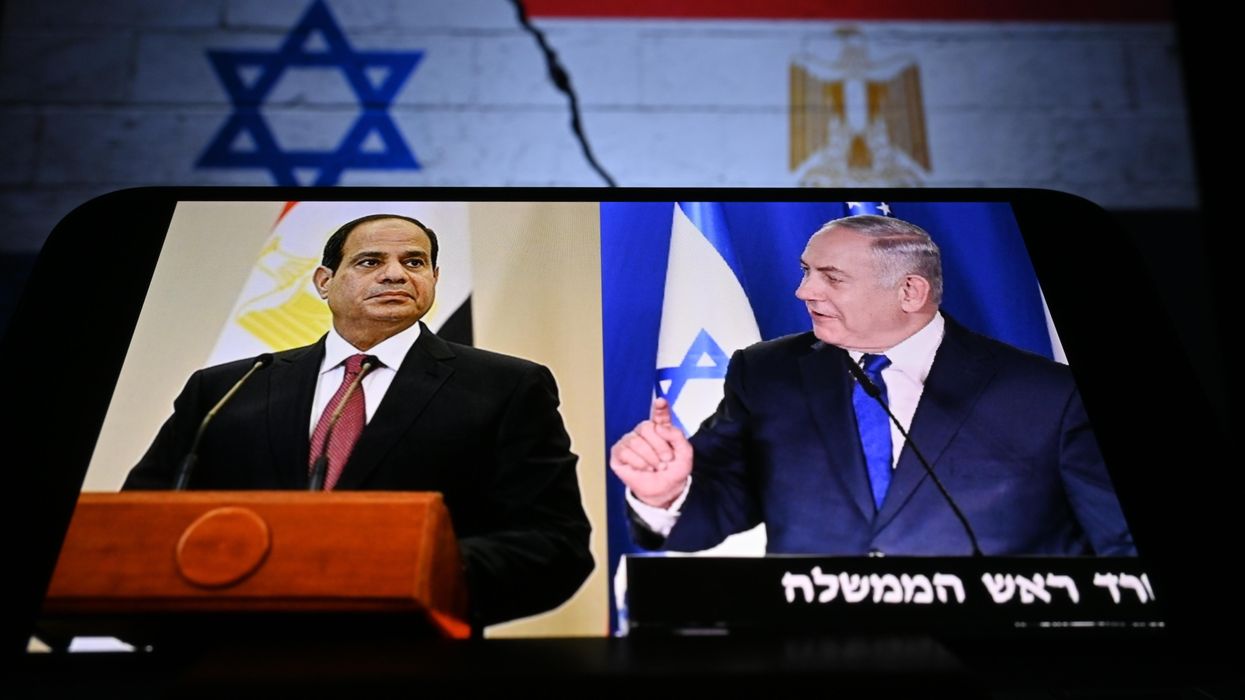Demonstrating the art of understatement, U.S. President Joe Biden last week said it would be “tough” for the United States to withdraw all 2,500 U.S. troops (plus the additional 1,000 troops falling within Joint Special Operations Command Units) from Afghanistan by the May 1 deadline. Shifting from understatement to ambiguity, President Biden said that if the deadline was extended it would not be by a “lot longer.” According to the Taliban, however, violating the deadline would yield “consequences.”
Managing the Afghanistan deadline, which former President Donald Trump’s team and Taliban negotiators reached during an agreement last year, will be President Biden’s first major foreign policy crisis. Like President Lyndon Johnson’s tough decisions on Vietnam, this situation is riddled with inconsistencies, uncertainties, and no good options.
The national security community has touted three strategic options for Afghanistan. For the first option, President Biden would adhere to the deadline and withdraw all forces. For the second, President Biden would ignore the Trump-Taliban deal and maintain an American presence until an Afghan peace agreement is brokered. Recently, the Biden administration has proposed a third option: negotiating a deadline extension that will allow American forces to stay, establish an interim government with Taliban participation, and reach a peace deal.
By purposeful design, the decision has been fixed in favor of the third choice — or the “Goldilocks” option. Most experts consider a full withdrawal too hasty; it also could instigate a terrorism redux. On the other side, a never-ending engagement risks pulling the United States deeper into a quagmire it can neither afford nor sustain. To put it another way, staying in Afghanistan is too hard. Withdrawing Afghanistan is too soft. But asking for a short extension to reach a comprehensive Afghan peace deal is just right.
History warns us to beware of the “Goldilocks” option. It rarely ends well. As George Ball, the famous Vietnam War contrarian and aide to Presidents Kennedy and Johnson, wrote in his memoirs:
Working groups of seasoned bureaucrats deliberately control the outcome of a study assignment by recommending three choices…By including with their favored choice one ‘too soft’ and one ‘too hard,’ they assume that the powers deciding the issue will almost invariably opt for the one ‘just right.’
This preference for straddling the “middle path” only elongated and exacerbated the Vietnam stalemate. It prevented President Johnson from withdrawing with minimum political risk in early 1965 yet also prevented U.S. forces from amassing and deploying enough strength to forcibly and swiftly induce North Vietnam to the negotiating table. This milk-and-water approach made the United States “strategically bankrupt in Vietnam” by 1966, as Lieutenant General Dave Palmer noted in his book Summons of Trumpet.
Goldilocks options fail because they prioritize deferring over deciding, punting over planning. Extending the deadline to host an intra-Afghan summit is no different. The proposal kicks the can down the road, burns bridges, and yields few results.
Neither the Afghan government nor the Taliban have made any indication they will come to the negotiating table and strike a deal in good faith. Consequently, Washington would indefinitely wait for another sign of peace before removing troops. In short, the “just right” option lengthens America’s presence with no strategic purpose or endgame in sight. The gambit also undermines future credibility with the Taliban since the United States will have ignored the May 1 deadline. If the United States breaks its end of the bargain, then the Taliban may launch a debilitating offensive to “right this wrong,” putting American troops in further danger.
Rather than trying to mitigate a tough decision on Afghanistan, President Biden should accept the ultimate choice he or his successor must inevitably make: should the United States stay or leave?
Center for a New American Security’s Lisa Curtis, who recently served as NSC Senior Director for South and Central Asia during the Trump administration, prefers to stay until “a real, genuine peace process” occurs. Until then, American boots on Afghan ground would serve as “an insurance policy to prevent another 9/11-style attack.” Furthermore, she argues, an American departure would allow the Taliban to upend the Afghan government and roll back the rights and privileges of Afghan women and children.
Even if the Taliban threw Afghanistan in disarray, there is little the United States could do with 3,500 troops — or tens of thousands of troops. For two decades, the United States has proven that despite manpower and munitions it cannot defeat the Taliban — just like it could not defeat North Vietnam. Rather than staying, undermining any credibility with the Taliban, and waiting for a peace agreement, the United States should withdraw. This would put the peace process on steadier ground by not violating the conflict’s first major diplomatic pact. Additionally, little evidence suggests a withdrawal would induce a pre-9/11 threat environment. Even if it did, America’s capabilities and infrastructure to neutralize such threats in Afghanistan are better than they were two decades ago.
Therefore, the Biden administration should withdraw all U.S. forces by May 1. Simultaneously, the U.S. military should develop counterterrorism strategies for Afghanistan that do not need U.S. troops on the ground. President Biden has already discussed moving away from “large-scale, open-ended deployments of tens of thousands of…combat troops” toward “a few hundred Special Forces soldiers” and intelligence assets that work with local partners. Developing teams of counterterrorism advisors for covert deployment, out-of-country counterterrorism schoolhouses for Afghan forces, proxy support, or a center of counterterrorism operations in a neighboring country are all ways to maintain a safer Afghanistan while decreasing America’s military footprint. Otherwise, President Biden will forever extend this forever war.
After the Tet Offensive in late January 1968, President Lyndon Johnson had to decide the future of American involvement in Vietnam. On February 27, CBS Evening News anchor Walter Cronkite indirectly advised President Johnson on national television that “the only rational way out…will be to negotiate, not as victors, but as an honorable people who lived up to their pledge to defend democracy, and did the best they could.”
The United States finds itself in a very similar situation today. This time, however, the President should follow Cronkite’s advice.
The views expressed in this article are those of the author and do not reflect the official policy or position of the U.S. Navy, Department of Defense, or the U.S. Government.
















